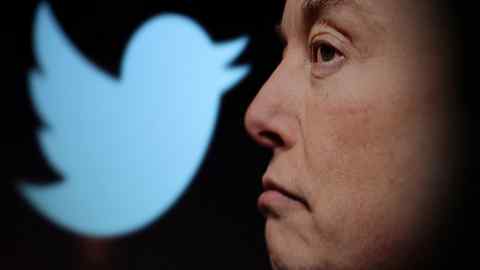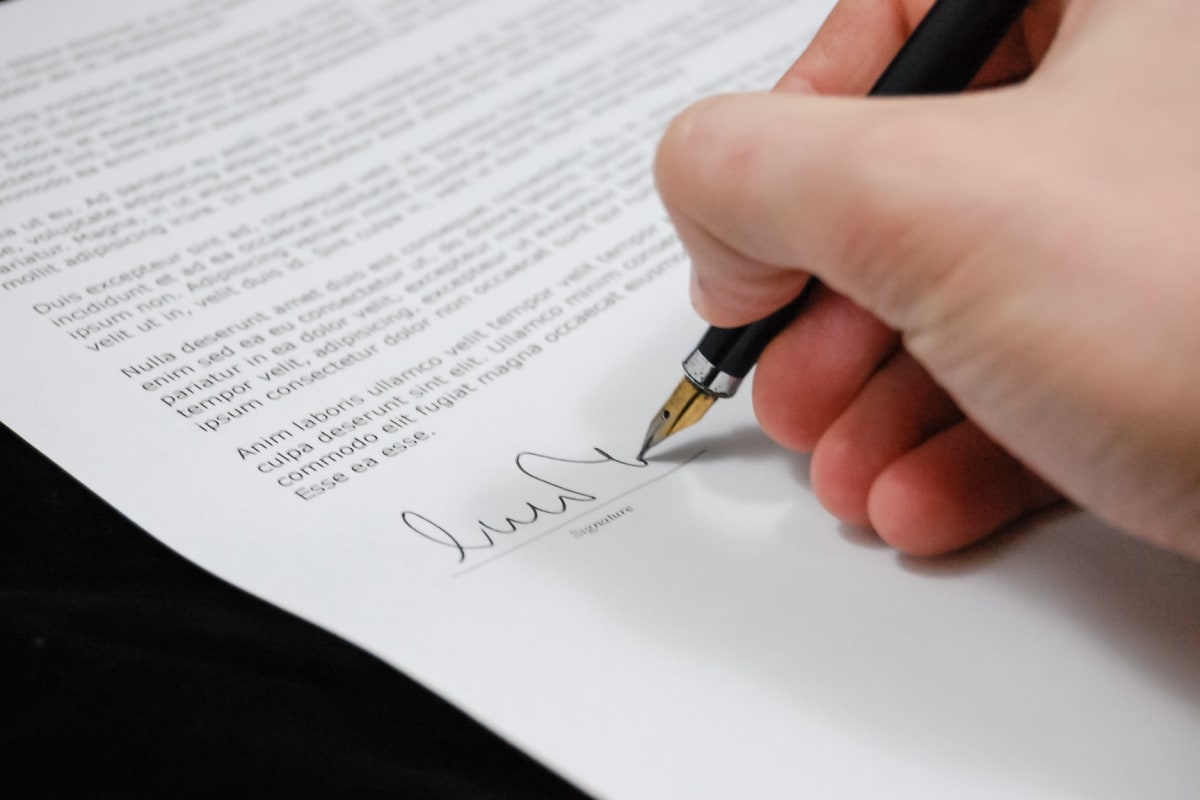Aviation authorities are evaluating the option of allowing only one person in a row of three seats, with another passenger in the immediately-behind row-of-three on the diametrically opposite seat — widow-aisle-windowaisle configuration — during ‘Phase I’ of the restart. The seating capacity of a 180-seater single aisle (six seats across 30 rows) will, therefore, fall by two-thirds to 60 (two persons on each row of six seats across 30 rows). To compensate for the loss of capacity, airlines will need to raise fares by anywhere between 1.5 to 3 times, say officials.
“Given the seat width, having one vacant seat between two passengers may not be adequate social distancing. With time, as things hopefully improve on the corona front in terms of spread getting contained and medicines/vaccines being developed, we will gradually ease onboard social distancing norms,” said a senior official.
The Directorate General of Civil Aviation (DGCA) is preparing a flight resumption plan that will be implemented once the government allows schedule passenger movement post lockdown. The regulator is likely to seek a 1.5-metre distancing between passengers at airports, by marking points everywhere — right from entry gate to the check-in counter, security check, immigration (for international) counters and boarding gates.
“Discussions have already been held with airlines and airport operators. Given the low volume of travel expected in the first few weeks, 1.5-metre distancing will not be an issue at big airports like Delhi, Mumbai, Hyderabad and some others,” said the official.
Given the poor health of all Indian carriers, with Indi-Go being the only player with some cash reserves, it remains to be seen who all survive the pandemic-blow. The PPP airport revenue model is based on footfalls with operators making the capital expenditure, based on aeronautical (from airlines through landing, parking charges of aircraft) and non-aero (people shopping and eating) earnings from a projected traffic flow over a period of time.
Also, weak balance sheets have rendered Indian players “extremely vulnerable”. The aviation ministry has made a presentation to finance ministry about the relief the airline and the airport sectors urgently require “to stay afloat”.







